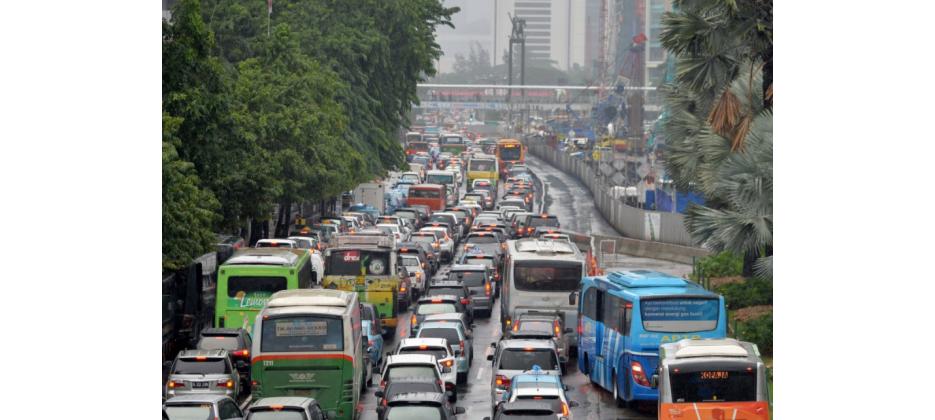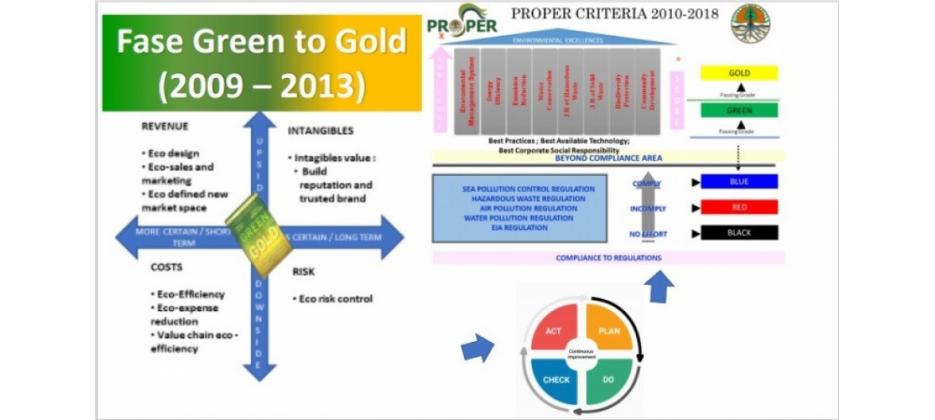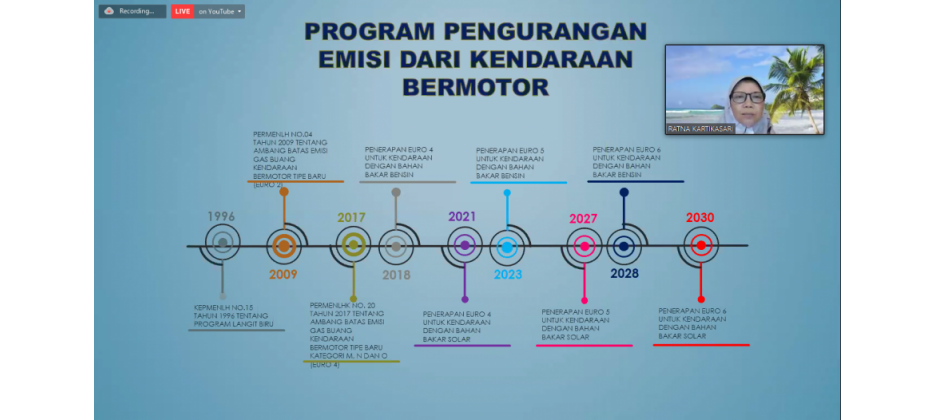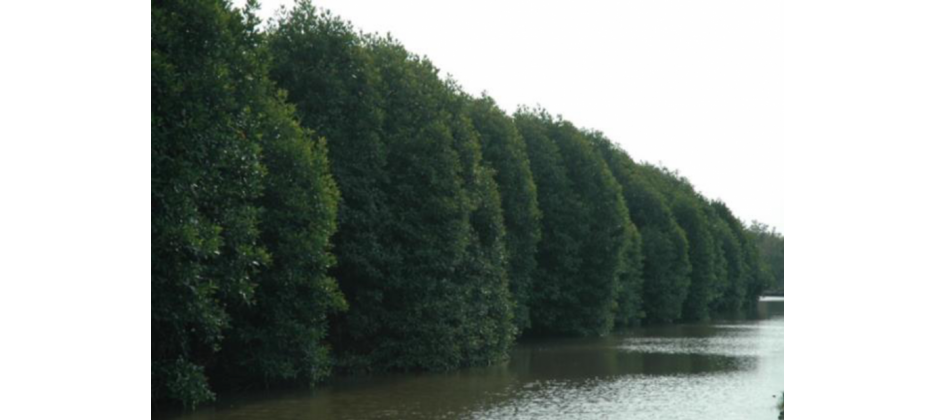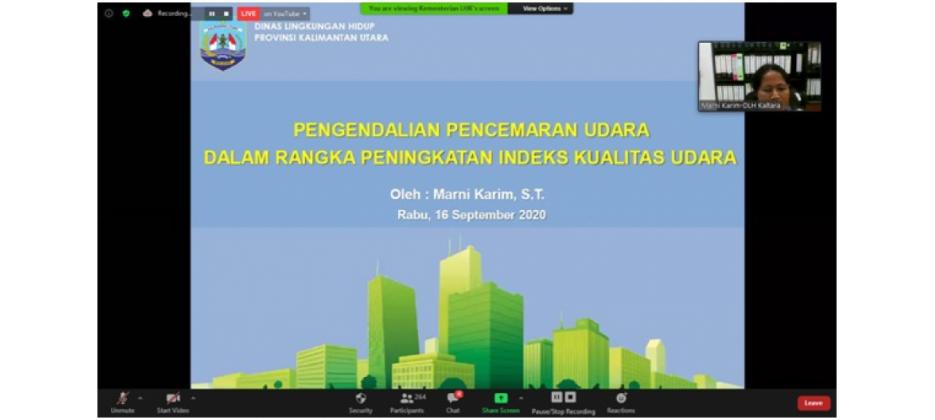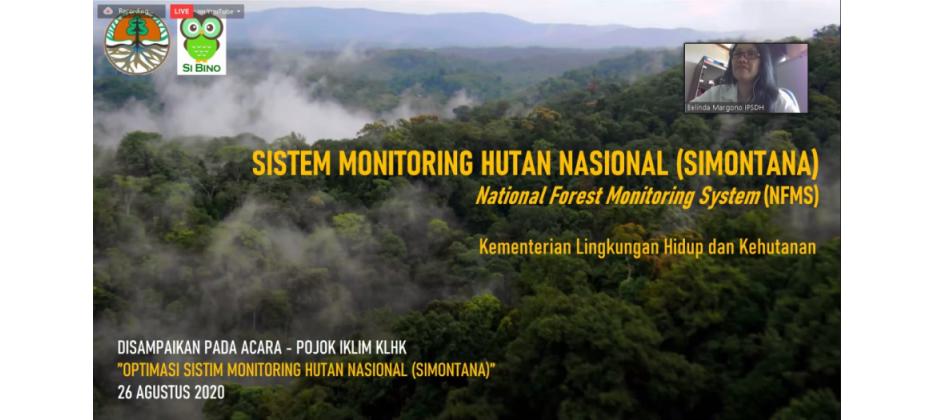"Traffic jams" can form out of the simplest things. One driver gets too close to another and has to brake, as does the driver behind, as does the driver behind him - pretty soon, the first driver has sent a stop-and-go shock wave down the highway. One driving-simulator study found that nearly half the time one vehicle passed another, the lead vehicle had a faster average speed. All this leads to highway turbulence, which is why many traffic modelers see adaptive cruise control (A.C.C.) - which automatically maintains a set distance behind a car and the vehicle in front of it - as the key to congestion relief. Simulations have found that if some 20 percent of vehicles on a highway were equipped with advanced A.C.C., certain jams could be avoided simply through harmonizing speeds and smoothing driver reactions. One study shows that even a highway that is running at peak capacity has only 4.5 percent of its surface area occupied. More sophisticated adaptive cruse control systems could presumably fit more cars on the road.
-
When a quarter of the vehicles on a simulated highway had A.C.C., cumulative travel time dropped by 37.5 percent.
-
In another simulation, giving at least a quarter of the cars A.C.C. cut traffic delays by up to 20 percent.
-
By 2017, an estimated 6.9 million cars each year will come with A.C.C.
Source : http://www.nytimes.com/interactive/2012/06/03/magazine/innovations-issue.html
Ade Ofik Hidayat

